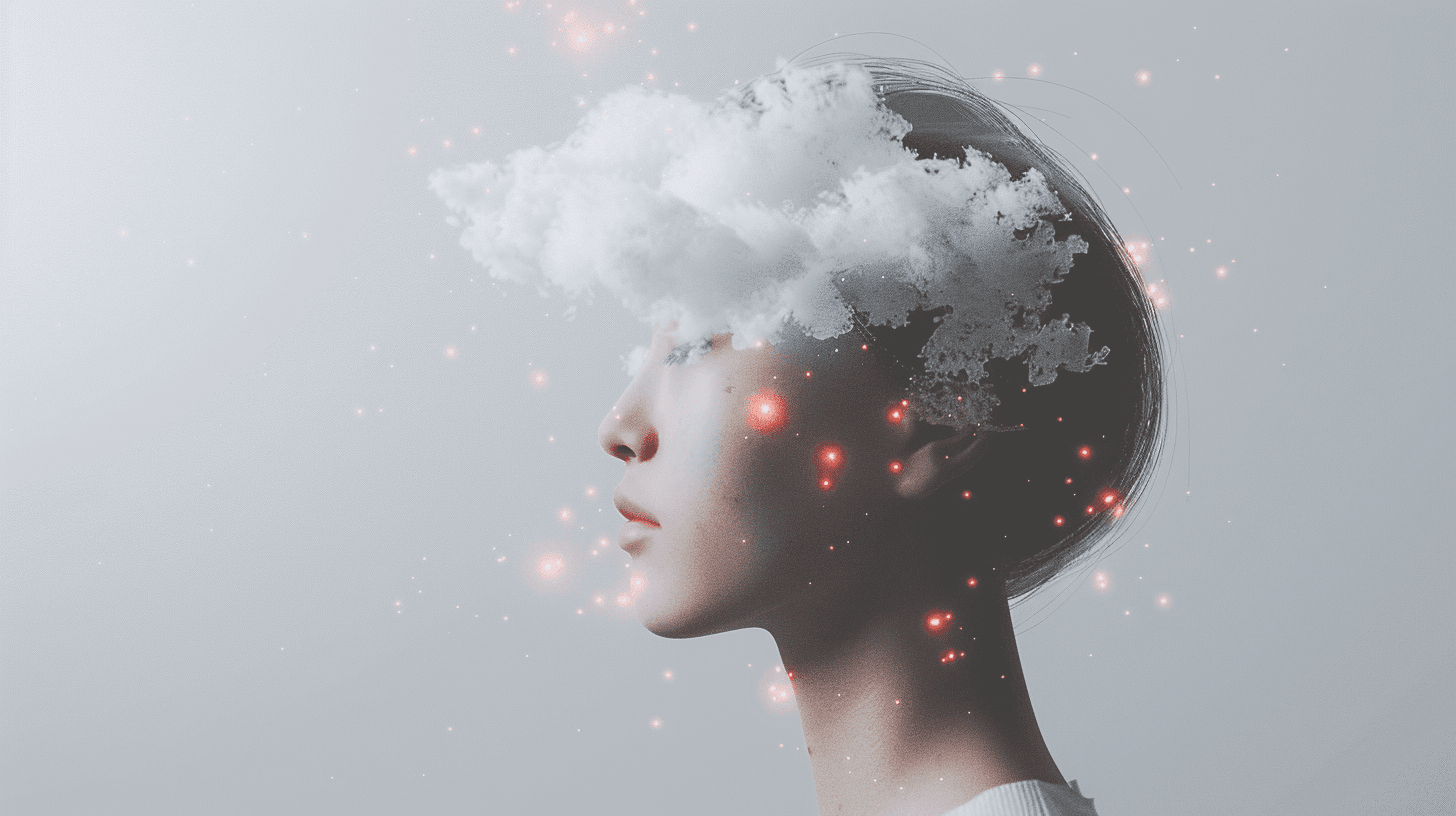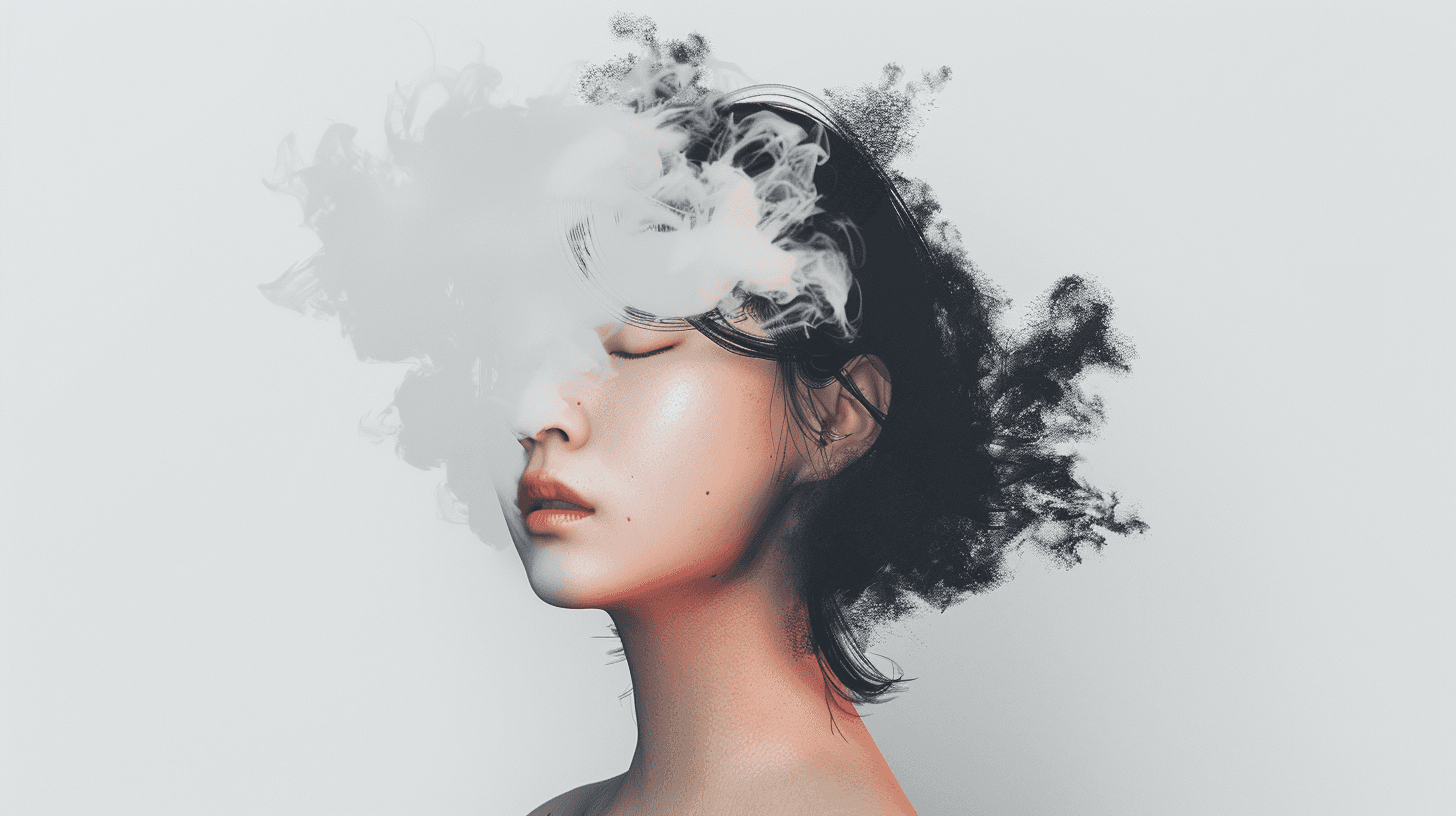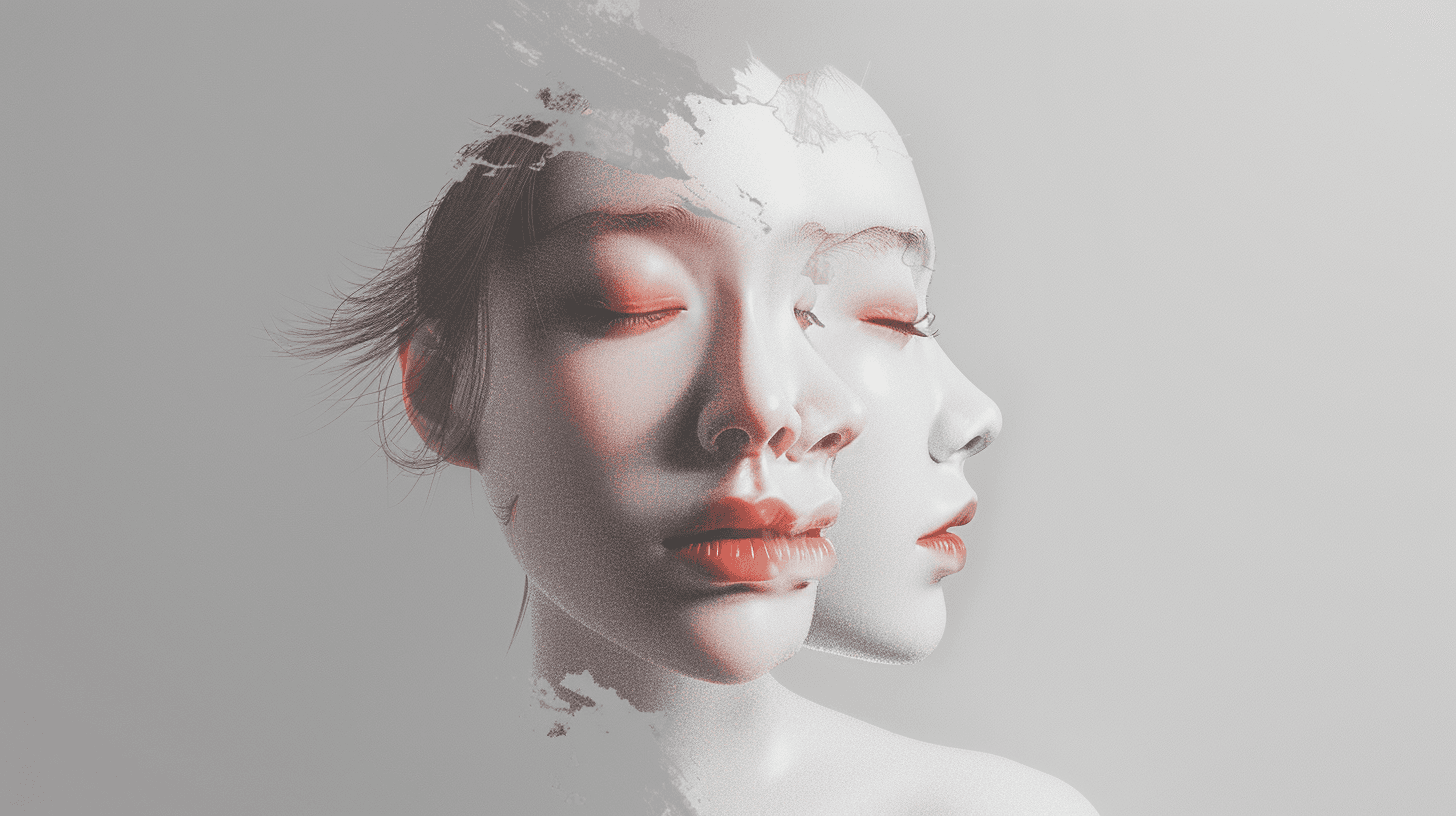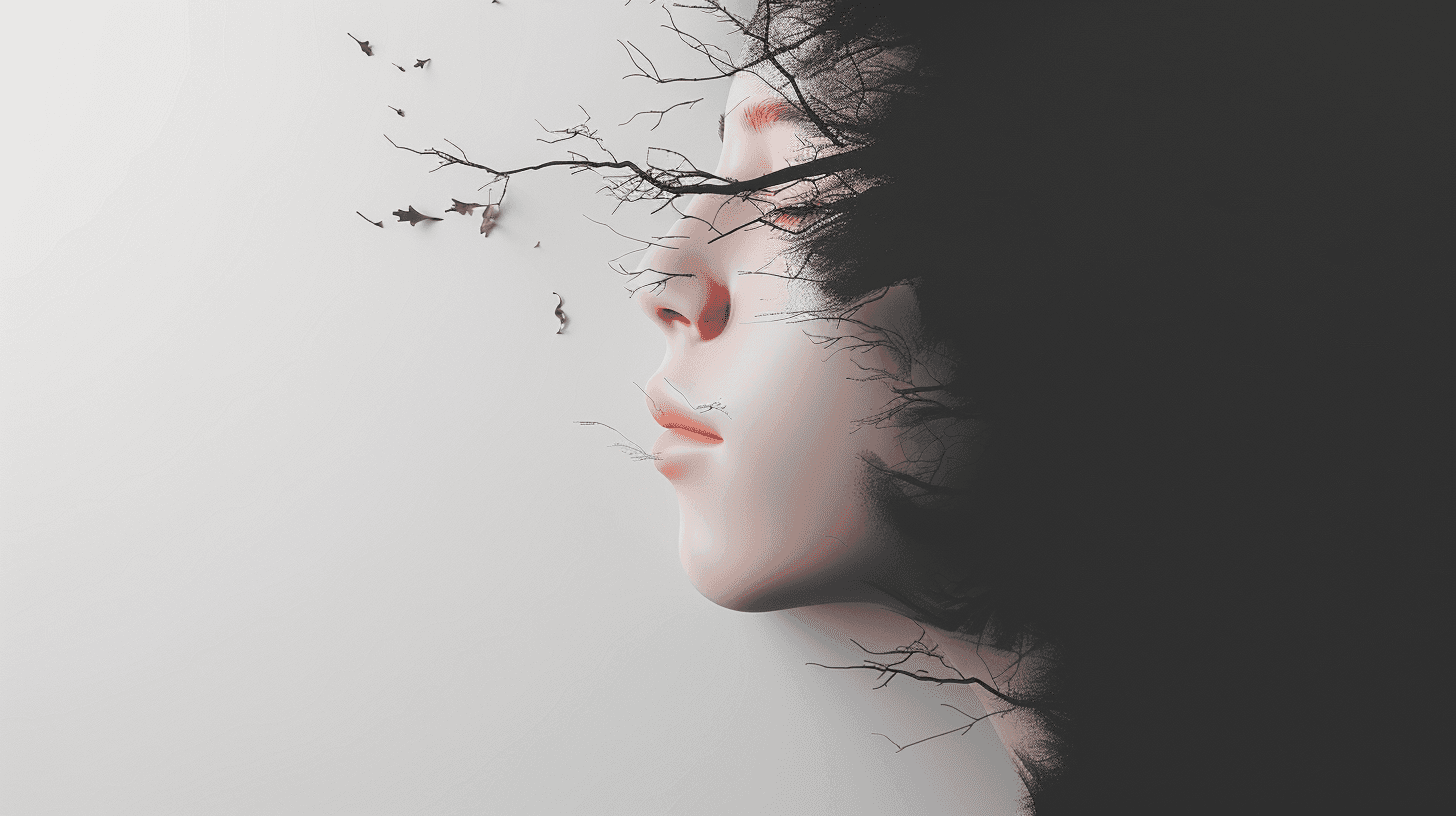Exploring Different AI Art Styles: From Realism to Surrealism
Date Published:
June 12, 2024
Time Read:
7 Min Read
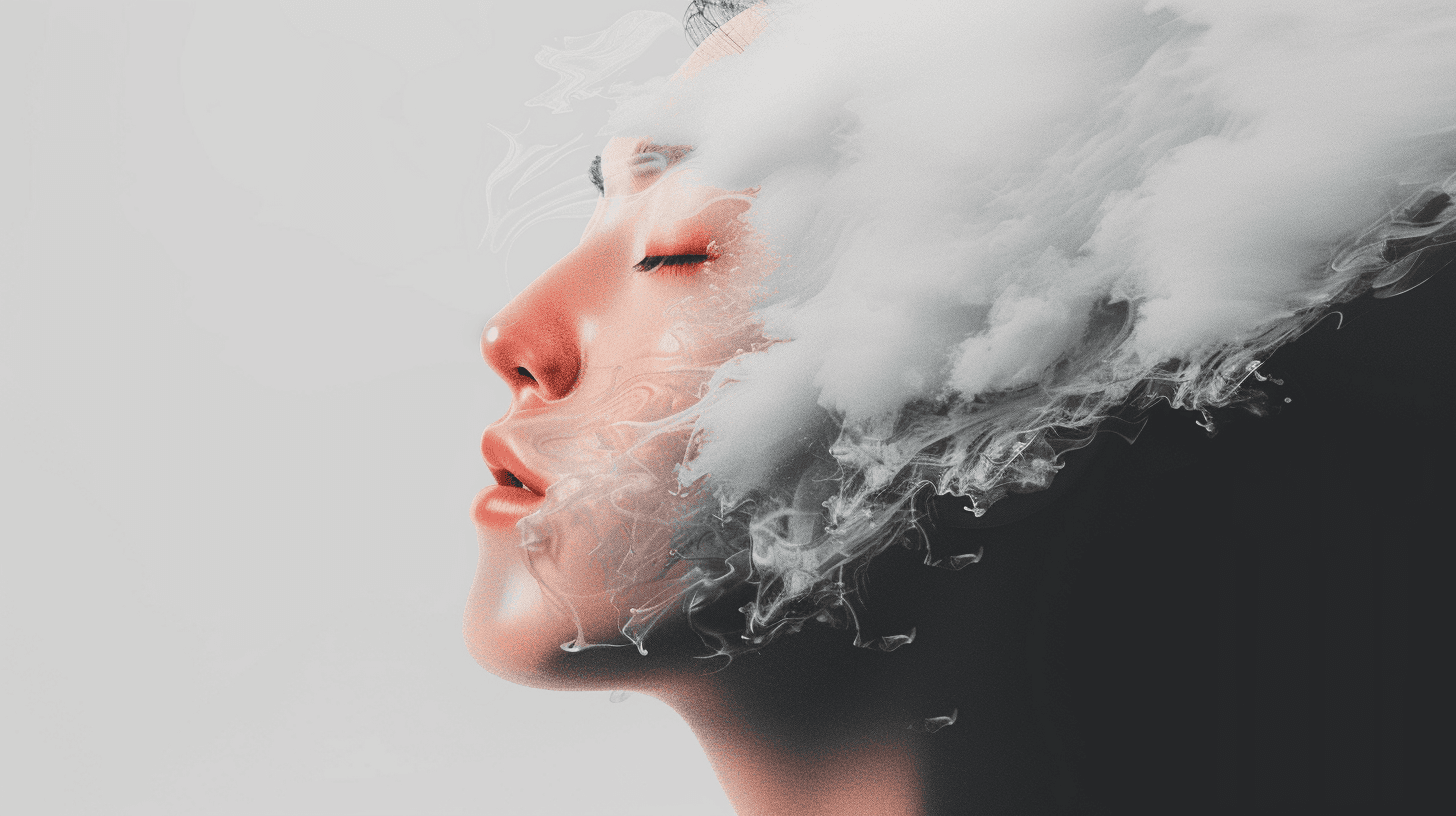


I’m excited to take you on a journey through different AI art styles, from realism to surrealism. Let’s explore how AI can mimic and innovate these styles, offering endless possibilities for digital art.
Realism
Realism in AI art aims to create images that closely resemble real-life scenes and objects. AI tools like DALL-E 2 and Midjourney excel at generating highly detailed and lifelike images. Realistic AI art is perfect for portraits, landscapes, and still lifes where accuracy and detail are paramount.
Tip: To achieve stunning realism, provide the AI with detailed prompts that specify lighting, texture, and color. For example, “a realistic portrait of a woman with flowing brown hair, wearing a blue dress, standing in a sunlit garden.”
Impressionism
Impressionism focuses on capturing the essence of a scene with loose brushwork and vibrant colors. AI can mimic this style by generating images with a soft, dreamy quality and bold, contrasting colors. This style is ideal for creating art that evokes a particular mood or atmosphere.
Tip: Use prompts that emphasize light and color dynamics. For instance, “an impressionistic view of a sunset over a bustling city, with vibrant colors and soft, blurry details.”
Cubism
Cubism breaks down objects into geometric shapes and presents multiple viewpoints simultaneously. AI tools can experiment with this abstract style, creating fragmented and visually striking compositions. Cubism is great for pushing the boundaries of conventional representation.
Tip: Encourage the AI to think abstractly by using prompts like “a cubist interpretation of a guitar and sheet music, with overlapping geometric shapes and multiple perspectives.”
Surrealism
Surrealism embraces the bizarre and the fantastical, blending reality with dream-like elements. AI-generated surrealistic art can produce imaginative and otherworldly scenes that challenge our perception of reality. This style is perfect for creating intriguing and thought-provoking pieces.
Tip: Let your imagination run wild with prompts such as “a surreal landscape with floating islands, melting clocks, and a giant eye in the sky.”
Pop Art
Pop Art draws inspiration from popular culture, often featuring bold colors and graphic elements. AI can create vibrant, eye-catching images that reflect contemporary culture and trends. This style is ideal for making a bold statement and connecting with a wide audience.
Tip: Use prompts that include modern cultural references and vibrant color schemes. For example, “a pop art style portrait of a famous musician, with bright colors and comic book-like elements.”
Abstract
Abstract art focuses on shapes, colors, and textures rather than realistic depictions. AI-generated abstract art can produce visually captivating and emotionally resonant pieces that invite interpretation. This style is excellent for exploring the expressive potential of colors and forms.
Tip: Encourage the AI to experiment with form and color by using prompts like “an abstract composition with swirling colors and dynamic shapes, evoking a sense of movement and energy.”
Minimalism
Minimalism emphasizes simplicity and clarity, often using a limited color palette and clean lines. AI can generate minimalist art that is elegant and thought-provoking, focusing on the essence of the subject matter. This style is perfect for creating visually soothing and impactful pieces.
Tip: Keep prompts simple and focused, such as “a minimalist landscape with a single tree against a clear blue sky, using clean lines and a muted color palette.”
Conclusion
Exploring different AI art styles opens up a world of creative possibilities. From the detailed realism to the imaginative surrealism, each style offers unique ways to express your artistic vision. By experimenting with these styles and leveraging the power of AI, you can discover new dimensions in your art and create stunning digital masterpieces.
Thank you for joining me on this exploration of AI art styles. I hope these insights inspire you to experiment and find your unique style. Stay tuned for more tips, tricks, and stories from the ever-evolving world of AI art. And don’t forget to subscribe to my newsletter for daily updates and exclusive content!
Related Resource
Previous Resource
More Resource
Exploring Different AI Art Styles: From Realism to Surrealism
Date Published:
June 12, 2024
Time Read:
7 Min Read

I’m excited to take you on a journey through different AI art styles, from realism to surrealism. Let’s explore how AI can mimic and innovate these styles, offering endless possibilities for digital art.
Realism
Realism in AI art aims to create images that closely resemble real-life scenes and objects. AI tools like DALL-E 2 and Midjourney excel at generating highly detailed and lifelike images. Realistic AI art is perfect for portraits, landscapes, and still lifes where accuracy and detail are paramount.
Tip: To achieve stunning realism, provide the AI with detailed prompts that specify lighting, texture, and color. For example, “a realistic portrait of a woman with flowing brown hair, wearing a blue dress, standing in a sunlit garden.”
Impressionism
Impressionism focuses on capturing the essence of a scene with loose brushwork and vibrant colors. AI can mimic this style by generating images with a soft, dreamy quality and bold, contrasting colors. This style is ideal for creating art that evokes a particular mood or atmosphere.
Tip: Use prompts that emphasize light and color dynamics. For instance, “an impressionistic view of a sunset over a bustling city, with vibrant colors and soft, blurry details.”
Cubism
Cubism breaks down objects into geometric shapes and presents multiple viewpoints simultaneously. AI tools can experiment with this abstract style, creating fragmented and visually striking compositions. Cubism is great for pushing the boundaries of conventional representation.
Tip: Encourage the AI to think abstractly by using prompts like “a cubist interpretation of a guitar and sheet music, with overlapping geometric shapes and multiple perspectives.”
Surrealism
Surrealism embraces the bizarre and the fantastical, blending reality with dream-like elements. AI-generated surrealistic art can produce imaginative and otherworldly scenes that challenge our perception of reality. This style is perfect for creating intriguing and thought-provoking pieces.
Tip: Let your imagination run wild with prompts such as “a surreal landscape with floating islands, melting clocks, and a giant eye in the sky.”
Pop Art
Pop Art draws inspiration from popular culture, often featuring bold colors and graphic elements. AI can create vibrant, eye-catching images that reflect contemporary culture and trends. This style is ideal for making a bold statement and connecting with a wide audience.
Tip: Use prompts that include modern cultural references and vibrant color schemes. For example, “a pop art style portrait of a famous musician, with bright colors and comic book-like elements.”
Abstract
Abstract art focuses on shapes, colors, and textures rather than realistic depictions. AI-generated abstract art can produce visually captivating and emotionally resonant pieces that invite interpretation. This style is excellent for exploring the expressive potential of colors and forms.
Tip: Encourage the AI to experiment with form and color by using prompts like “an abstract composition with swirling colors and dynamic shapes, evoking a sense of movement and energy.”
Minimalism
Minimalism emphasizes simplicity and clarity, often using a limited color palette and clean lines. AI can generate minimalist art that is elegant and thought-provoking, focusing on the essence of the subject matter. This style is perfect for creating visually soothing and impactful pieces.
Tip: Keep prompts simple and focused, such as “a minimalist landscape with a single tree against a clear blue sky, using clean lines and a muted color palette.”
Conclusion
Exploring different AI art styles opens up a world of creative possibilities. From the detailed realism to the imaginative surrealism, each style offers unique ways to express your artistic vision. By experimenting with these styles and leveraging the power of AI, you can discover new dimensions in your art and create stunning digital masterpieces.
Thank you for joining me on this exploration of AI art styles. I hope these insights inspire you to experiment and find your unique style. Stay tuned for more tips, tricks, and stories from the ever-evolving world of AI art. And don’t forget to subscribe to my newsletter for daily updates and exclusive content!
